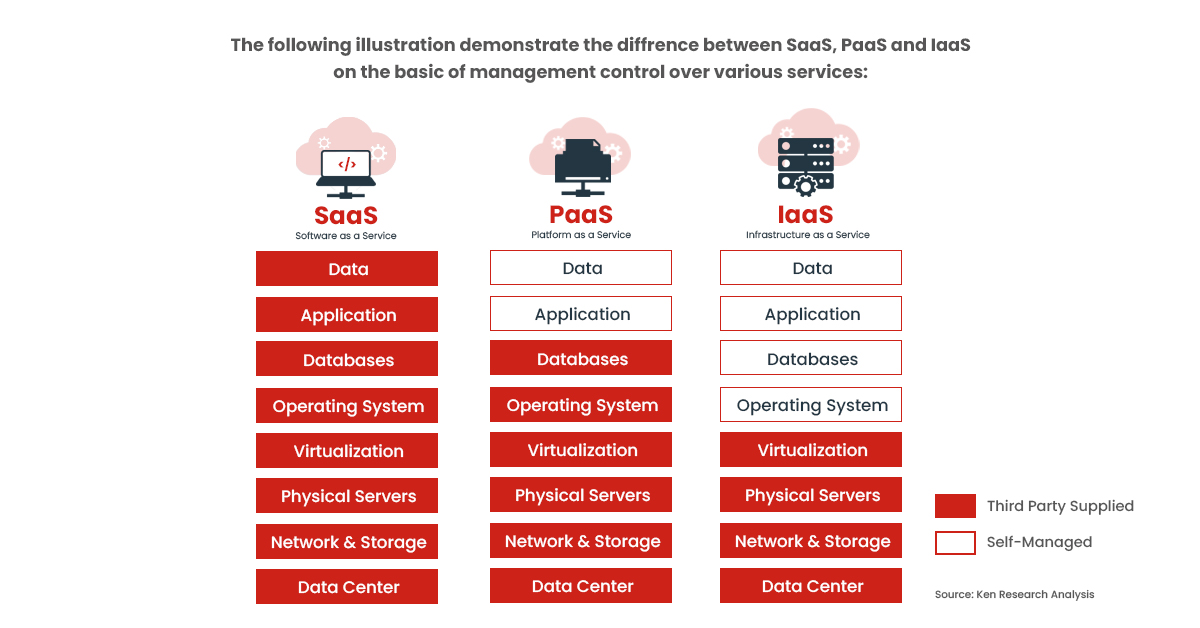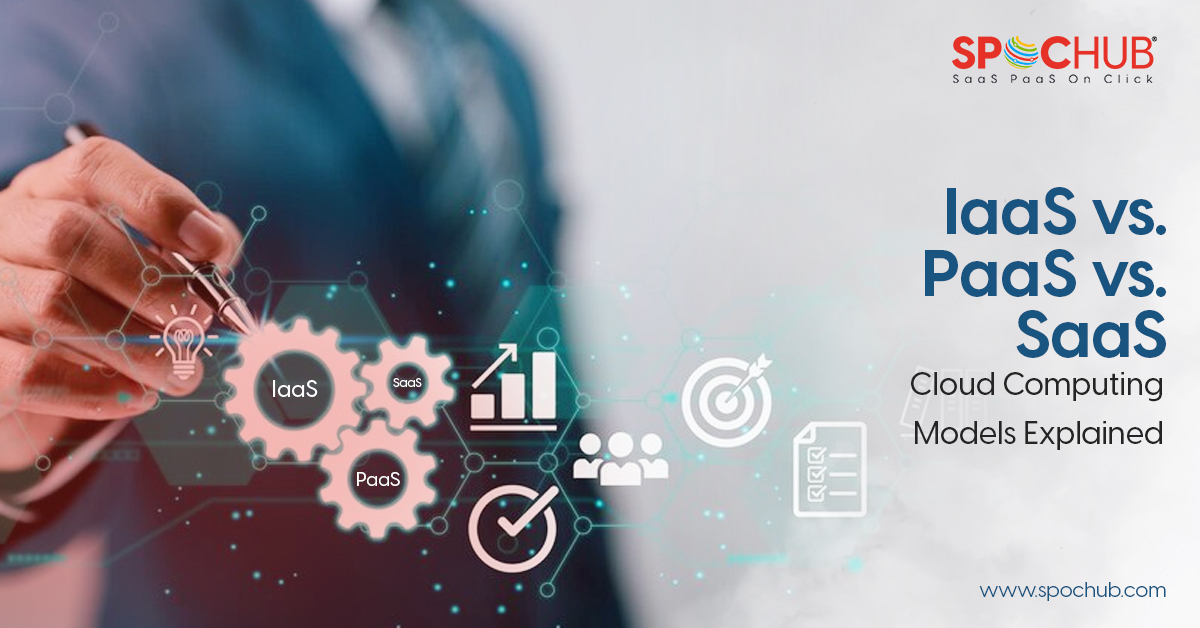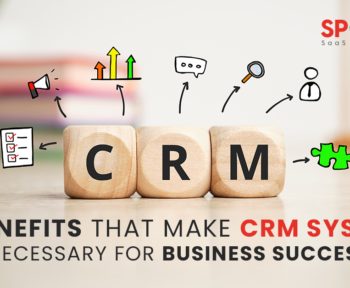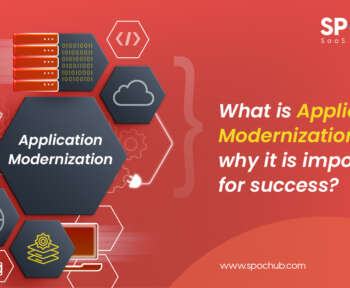The cloud may be a trendy topic for small businesses up to global corporations, but it is still a broad notion that encompasses a wide range of internet domains. As you consider moving your organization to the cloud, whether for application or infrastructure deployment, understanding the differences and benefits of various cloud services is more crucial than ever.
Although the number of options is expanding by the day, there are broadly three cloud service models to compare:
- Software as a Service (SaaS)
- Platform as a Service (PaaS)
- Infrastructure as a Service (IaaS)
What is SaaS?
Within the cloud market, Software as a Service is known as cloud application services which is the most widely used choice for organizations. The SaaS model uses the internet to provide users with apps that are administered by a third-party vendor. The majority of SaaS services run directly in your web browser, which means they don’t require any client-side downloads or installations.
Advantages of SaaS
Employees and businesses are benefited from SaaS as it saves time on time-consuming procedures like software installation, management, and upgrades along with it being cost saving as it usually resides in a shared or multi-tenant environment. SaaS generally offers many subscription options and flexibility to change subscriptions as and when needed making it a scalable platform. This allows technical professionals to focus more on critical topics and issues within the company.
When to use SaaS?
- Start-ups and businesses that want to launch an e-commerce site rapidly and have no time to deal with server or software concerns.
- Short-term initiatives that necessitate quick, simple, and cost-effective collaboration
- Applications that aren’t used too often, such as tax software.
- Applications that require both the web and mobile device access.
What is PaaS?
Platform as a Service (PaaS) is a popular way to develop apps and add cloud components to software. Developers use PaaS because it allows them to customise and develop applications. When you choose to work with a cloud-based platform, you eliminate many logistical headaches along with making application creation, testing, and deployment quick, simple, and cost-effective.
Advantages of PaaS
- Application creation and deployment that is simple and cost-effective
- Scalable and highly accessible
- Developers can personalise apps without thinking a lot about software maintenance.
- Significant reduction for code required.
- Business policy automation
- Migration to the hybrid model is simple
When to use PaaS?
In a variety of cases, using PaaS is advantageous, if not necessary. When numerous developers are working on the same development project, PaaS, for example, might simplify procedures. If you need to work with additional vendors, PaaS can help you complete the process quickly and easily. If you need to construct custom applications, PaaS is especially useful.
What is IaaS?
Cloud infrastructure services that are made up of highly scalable and automated computational resources are referred to as Infrastructure as a Service (IaaS). Computers, networking, storage, and other services may all be accessed and monitored via IaaS. IaaS allows businesses to acquire resources on-demand and as-needed, rather than buying infrastructure entirely.
Advantages of IaaS
- The cloud computing model with the most flexibility
- Storage, networking, servers, and processing power can all be deployed quickly and easily
- Hardware purchases can be made based on usage
- The infrastructure is completely under the control of the clients
- Resources can be purchased on a need-to-basis
- High scalability
When to use IaaS?
There are times when IaaS is more advantageous than SaaS or PaaS, just as there are times when SaaS and PaaS are more advantageous.
- Start-ups and small organizations pick IaaS to avoid spending time and money on purchasing and developing hardware and software.
- Businesses that are fast expanding benefit from IaaS’s scalability, which allows them to quickly swap out specific hardware and software as their needs change.
SaaS vs PaaS vs IaaS

Every Cloud computing model offers different features and functionalities, and it is up to your organizational need you must choose the right one. Whether you require cloud-based software for storage options, a platform that enables creating a customized application, or complete control over your entire IT infrastructure without having to maintain it, there is a cloud service fitting for each of your needs. Regardless of which option you pick, migrating to the cloud is the future of businesses across all domains.




